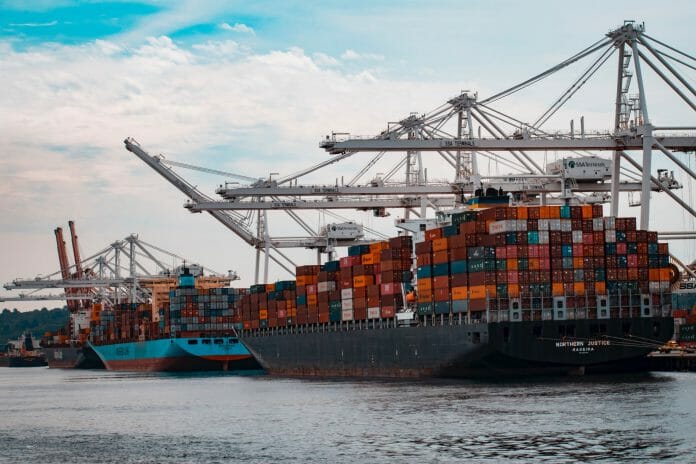By Evelyn S. Devadason,
Re-exports, goods that are taken out of the country in the same form as they were imported without any transformation, have been on an uptrend in Malaysia. It escalated from RM334 million in February 2002 to RM20,826 million in July 2020. Re-exports recorded double-digit growth since 2013 and the share of re-exports to total exports has been in the range of 15 percent to 29 percent (highest share recorded in the month of April 2020).
The rise in re-exports is mainly attributed to the promotion of Regional Distribution Centres (RDCs) and International Procurement Centres (IPCs) in the country, which caused spikes in activities related to transshipment and redistribution. Nonetheless, there is still no hard evidence to explain the rise in re-exports for Malaysia. What drives long-term growth in re-exports therefore deserves further scrutiny.
There are two important points to note before making sense of the concerns related to re-exports, or goods that have gone without significant industrial processing. First, Malaysia’s re-exports are heavily concentrated in specific categories, machinery and transport equipment, followed by mineral fuels and lubricants. Second, the rising trend in re-exports is not a Malaysia specific phenomenon, as an increasing part of global trade involves re-exports.
The underlying question is: What are the major implications of re-exports for the (intermediate) economy and for global trade?
Re-exports lead to multiplier effects on other sectors in the intermediate economy, namely on support services such as transport and storage. Thus, re-exports may have positive spillovers for the labour market via employment in support activities like transportation and warehousing.
Having said that, the employment multiplier for re-exports is likely to be smaller than that for domestic exports. Also, fewer employment opportunities are likely to be generated from re-exports, than expected, since re-exports matter in some product categories and less in others. Another concern is the contribution of re-exports to the quality of employment generated, which may essentially be that of low-quality jobs.
The surge in re-exports are also likely to see increased regulatory compliance obligations imposed by the country-of-origin of the products exported on the intermediate economy to avoid any violation of trade norms. In turn, the intermediate economy may also impose its own regulations on re-exports to avoid any disruptions to the domestic economy, such as when goods meant to be re-exported are instead sold in the domestic market.
Regulatory compliance becomes even more critical when the re-exports comprise controlled items of the country-of-origin or items banned for domestic consumption in the intermediate economy.
From a global context, re-exports present a concern in trade statistics and for understanding the pattern of trade networks. This is because the treatment of re-exports can be somewhat different across countries due to differences in data availability and reporting practices (not just of the re-exporting countries but also of its partners).
Re-export data must therefore be made available on a source (origins of the countries importing the re-exports) and destination (countries exporting the re-exports) basis to capture true bilateral trade patterns or interdependencies between countries. Without that identification, world export statistics can be a biased indicator for the direct trade of domestic exports. Correct identification becomes even more important when the re-exported goods are linked to global supply chains.
Evelyn S. Devadason is a Professor at the Faculty of Economics & Administration, University of Malaya.









